Photo Gallery: Acropolis in Athens
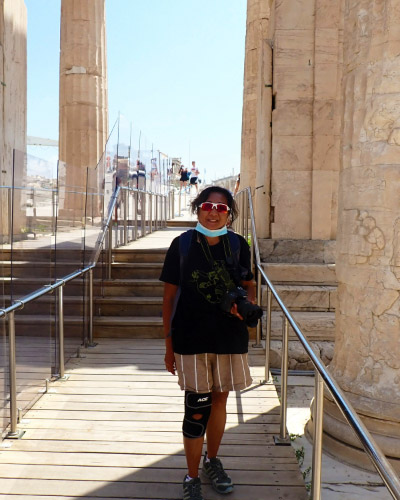
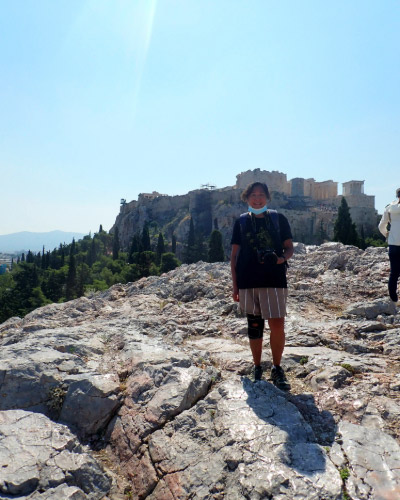
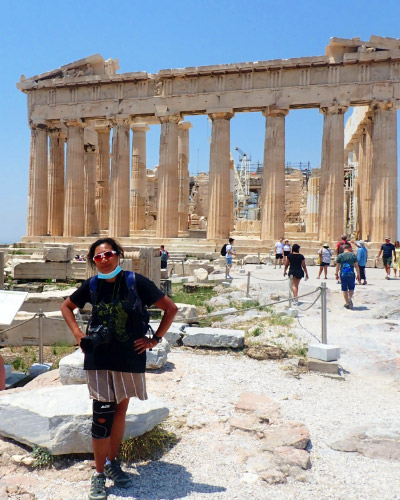
Visiting the Acropolis in Athens was an absolutely unforgettable experience. The walk up the hill was invigorating, with each step building my excitement as I neared this iconic symbol of ancient Greece. Reaching the top, I was immediately struck by the grandeur of the Parthenon. Seeing it up close, with its majestic columns and imposing presence, felt like a dream come true. Despite the centuries of wear and tear, the Parthenon remains a stunning testament to the architectural brilliance of the ancient Greeks.
I took my time exploring around the Parthenon, appreciating at its intricate details and immense scale. Standing there, I could easily imagine the ancient Athenians who once worshipped Athena within these walls. One of the highlights was the breathtaking panoramic view of Athens from the Acropolis. The sprawling city below, a mix of modern buildings and ancient ruins, highlighted the striking contrast between old and new.
I stayed for the entire half day. Before leaving, I sat for a while on a stone bench, chatting with other tourists and admiring the incredible history of the Acropolis.
Acropolis: Echoes of History, Carved in Stone
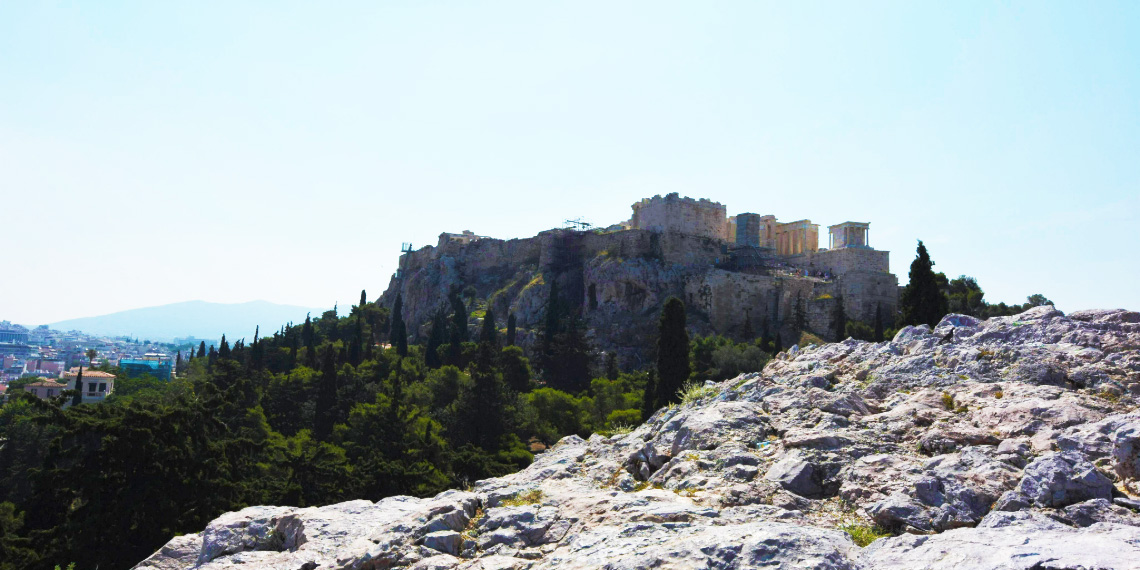
As I stand on Areopagus Hill, I noticed many people capturing this incredible sight, with the Acropolis perfectly framed in the background. Seeing the Acropolis from Areopagus Hill is an unforgettable experience. The hill offers a fantastic vantage point, giving you a panoramic view of the Acropolis with the iconic Parthenon standing majestically.
Parthenon: Experience the Legacy of Athena
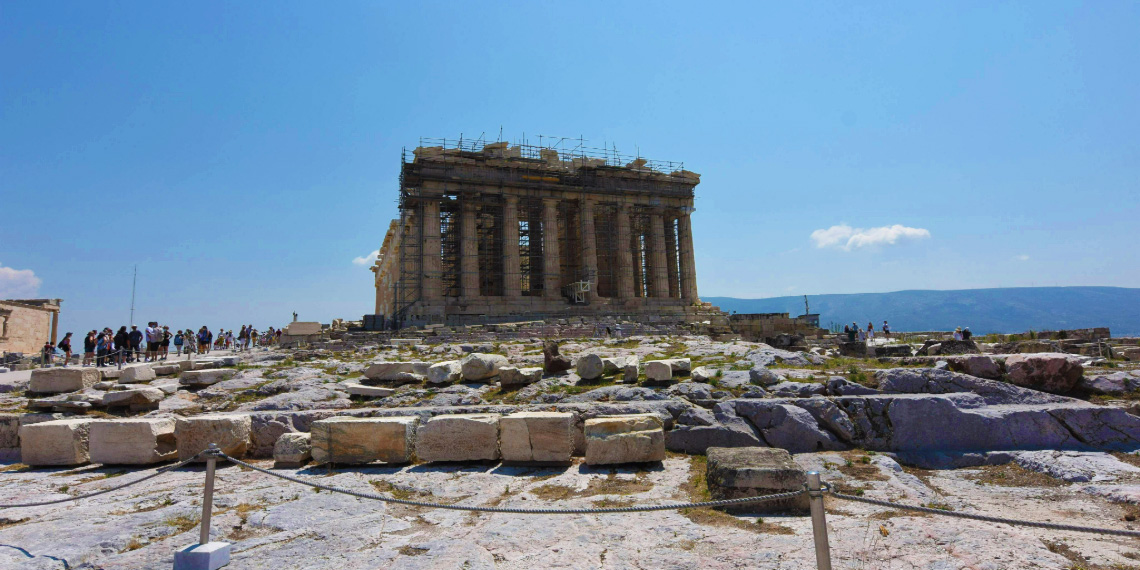
I walked up to the Acropolis, I noticed there weren’t too many people around. The usual crowds were absent, giving me a rare opportunity to explore this ancient site in a more peaceful setting. The sun was blazing, and a hot wind swept across the hill. The Parthenon, in particular, caught my attention. Standing tall and proud, it’s an enduring symbol of ancient Greek civilization. Constructed between 447 and 432 BC, this temple was dedicated to Athena, the patron goddess of Athens.
Step into the Cradle of Democracy
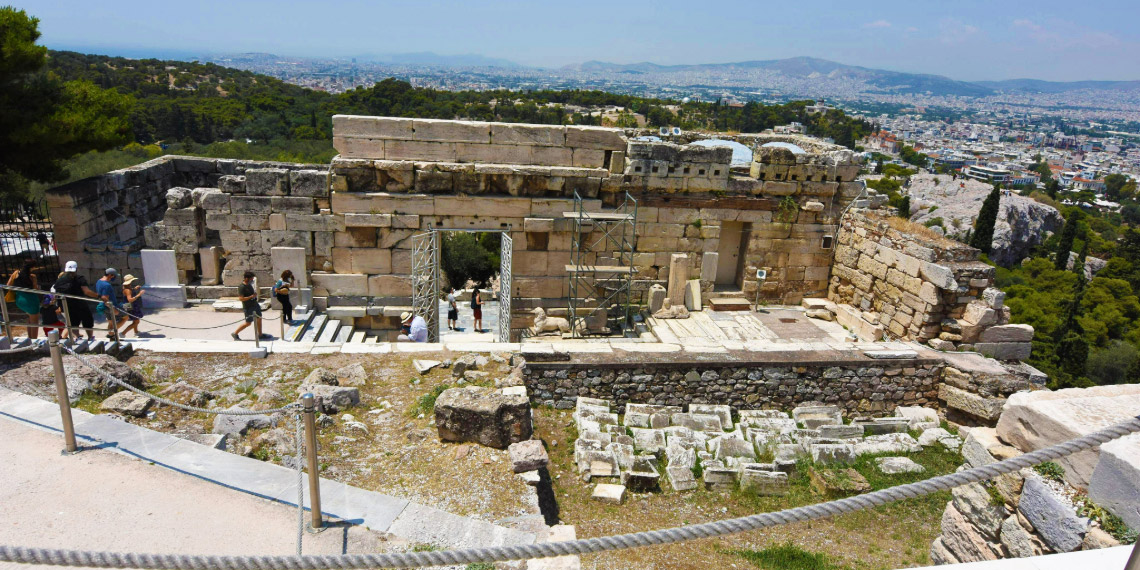
Entering through the Beule Gate and into the Propylaea, the grand entrance to the Acropolis, was like stepping back in time. The gateway, though ancient and weathered, still holds a sense of majesty.
Propylaea: Discover History’s Grandeur
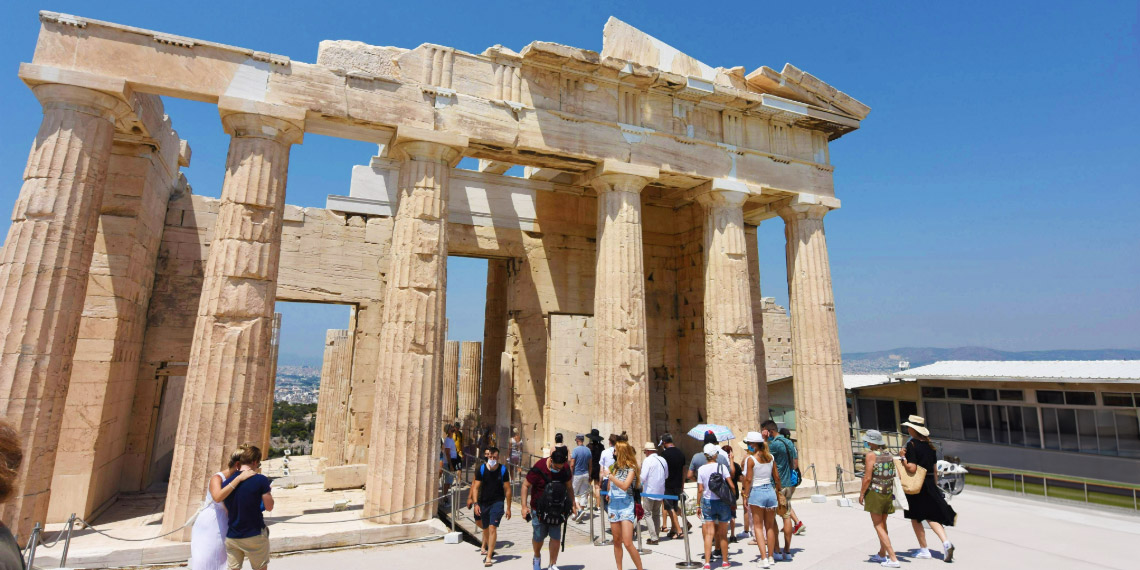
The Propylaea serves as the grand entrance to the Acropolis of Athens. The Propylaea itself is an impressive structure, with its massive Doric columns and intricate architectural details.
Temple of Athena Nike: Where Ancient Glory Stands Tall
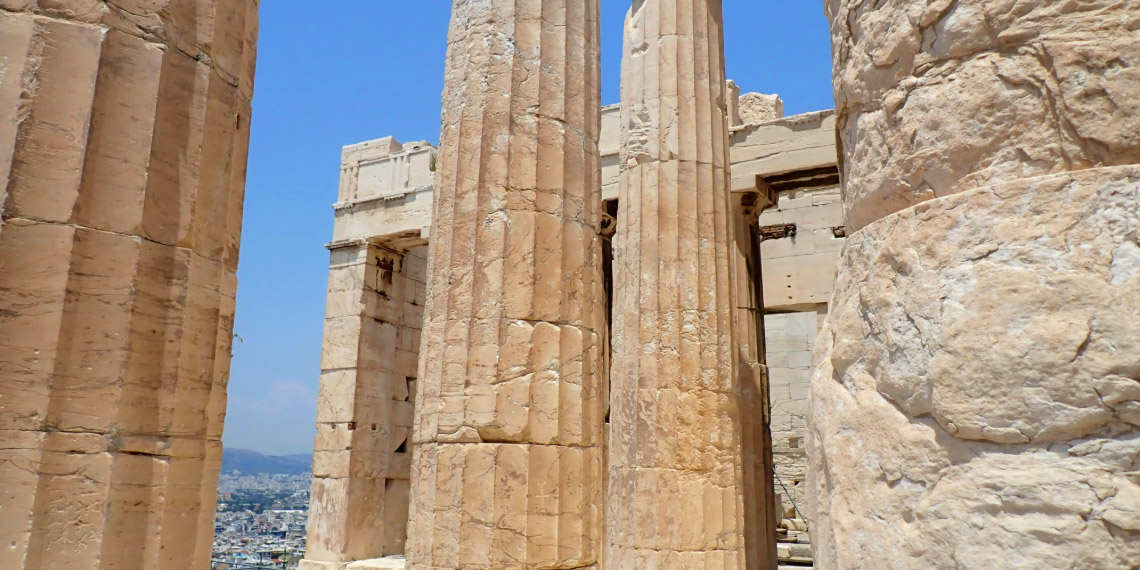
This small temple, dedicated to Athena as the goddess of victory, stood near the Propylaea, marking the entrance to the sacred site. Surrounded by the buzz of people snapping pictures, I didn’t capture as many photos as I had hoped.
Erechtheion: Where Gods and Heroes Once Stood

Unlike the more famous Parthenon, the Erechtheion has an irregular shape and multiple levels, which added to its charm. The temple was built to honor Athena and Poseidon. One of the highlights was seeing the Porch of the Caryatids. These six graceful statues of maidens, serving as columns, are truly mesmerizing. Each one is slightly different, with intricate details in their drapery and expressions. Standing there, I couldn’t help but marvel at the skill and artistry of the ancient sculptors who created them.
Pandroseion: Eternal Beauty, Timeless Wonder
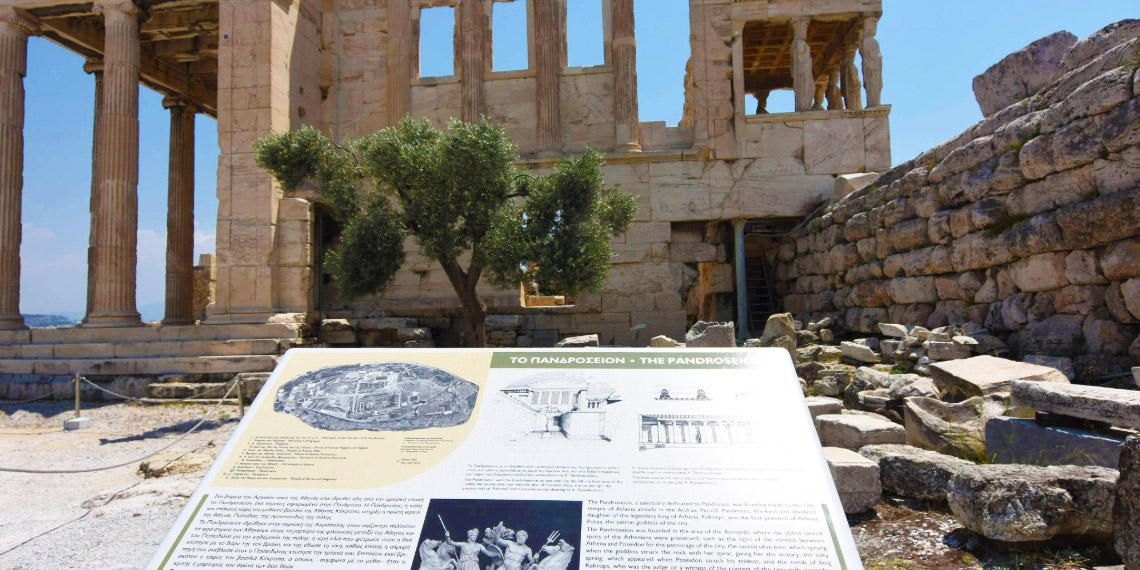
The Pandroseion is located adjacent to the Erechtheion, and it’s a lesser known but equally fascinating part of the Acropolis in Athens. This sanctuary was dedicated to Pandrosus, the daughter of Cecrops, the legendary first king of Athens. One of the most intriguing features of the Pandroseion is the olive tree nearby, which is said to be a descendant of the sacred olive tree that Athena gifted to the city.
